The Arts of Daoism
The Arts of Daoism presents a set of key lectures on some of the major arts and practices of Daoism by a contemporary Daoist priest and master, Li Shifu, the Abbot of Five Immortals Temple in the Wu dang mountains in China. These are supported by generous excerpts from classic Daoist texts on these topics, and engaging discussions between a master and his students that illuminate the questions and problems that arise on the path.
The topics discussed in remarkable and lively detail by Li Shifu include: the art of fasting, the forms of Daoist meditation – seated, standing and sleeping – for tranquillity, health and spiritual awakening, and the interpretation of dreams. Li Shifu’s talks combine technical exactitude with penetrating explorations of the underlying philosophy, and frank, humorous, profound and helpful advice for those at beginner or intermediate stages in their practice. The auxiliary texts include passages, stories and chapter excerpts from some of the greats in Daoism, such as Lao Zi, Zhuang Zi, Zhongli Quan, Lü Dongbin, Ge Hong, Zhang Sanfeng and Chen Tuan in important selections from the Daoist canon, many of which are appearing in English for the first time. A notable highlight is two chapters from the Classic of Categories 類經 by the renowned physician, Zhang Jingyue, on dream interpretation as an analytical tool in the diagnosis of a patient’s illness.
Equally addressed to both the general reader and the serious practitioner, The Arts of Daoism is an indispensable guide for anyone with a philosophical and practical interest in Daoism and traditional Chinese practices for health and wellbeing.
May this book serve as a beacon, leading you to the headwaters and confluence of awakening. Returning to the Source (guīgēn 歸根). Home.
—Louis Komjathy 康思奇 (Xiūjìng 修靜 [Cultivating Stillness];
Wànruì 萬瑞 [Myriad Blessings]), Ph.D., CSO
Co-director and Senior Teacher
Daoist Foundation/Center for Daoist Studies
Explanations of Channels and Points (Volume 2)
Explanations of Channels and Points (Volume 2) is a Qing dynasty acupuncture commentary by Yue Hanzhen (1602-1693 CE). Despite having never been published, this work has survived owing to its historical significance. It was the first to integrate point locations and classical channel pathways, thereby setting a precedent of assigning a numbering scheme to channel points.The second volume includes explanations of the points and channels of the kidney, pericardium, sānjiāo, gallbladder and liver, dūand rèn channels,as well as discussions of the remaining six extraordinary channels pathways and diseases.
Next to the Língshū I regard Michael Brown’s annotated translation of the Jīngxué Jiě among my most valued resources on needle therapy. No other clinical reference in the English language models the thought and clinical strategy of the Nèijīng as does the work of the distinguished military general, physician, and ardent student of Qí Bó and the Yellow Emperor, Yuè Hánzhēn.
Justin Penoyer, L.Ac. (Doctor of Acupuncture and Chinese Medicine)
In this second volume of this very important work, Michael Brown and Allen Tsaur have brought us another piece of the puzzle to understanding channels and points. The importance of point indications has, in some quarters, been undervalued in recent years. The creation of systematised “point functions” in the 1950s has led some to believe that point functions alone, without a thorough study of point indications, is a sufficient basis for point selection. However, the bulk of the last two millennia of our historical acupuncture literature is all about indications. Very few other branches of medicine in the world today have anything approaching this treasure trove of collected clinical expertise, each author drawing from a detailed study of previous works, then adding their own commentary and insights based on their own personal clinical experiences. This is how traditional medicines continue to grow and thrive without losing connection to their roots.
John McDonald, PhD (Author of Acupuncture Point Dynamics)
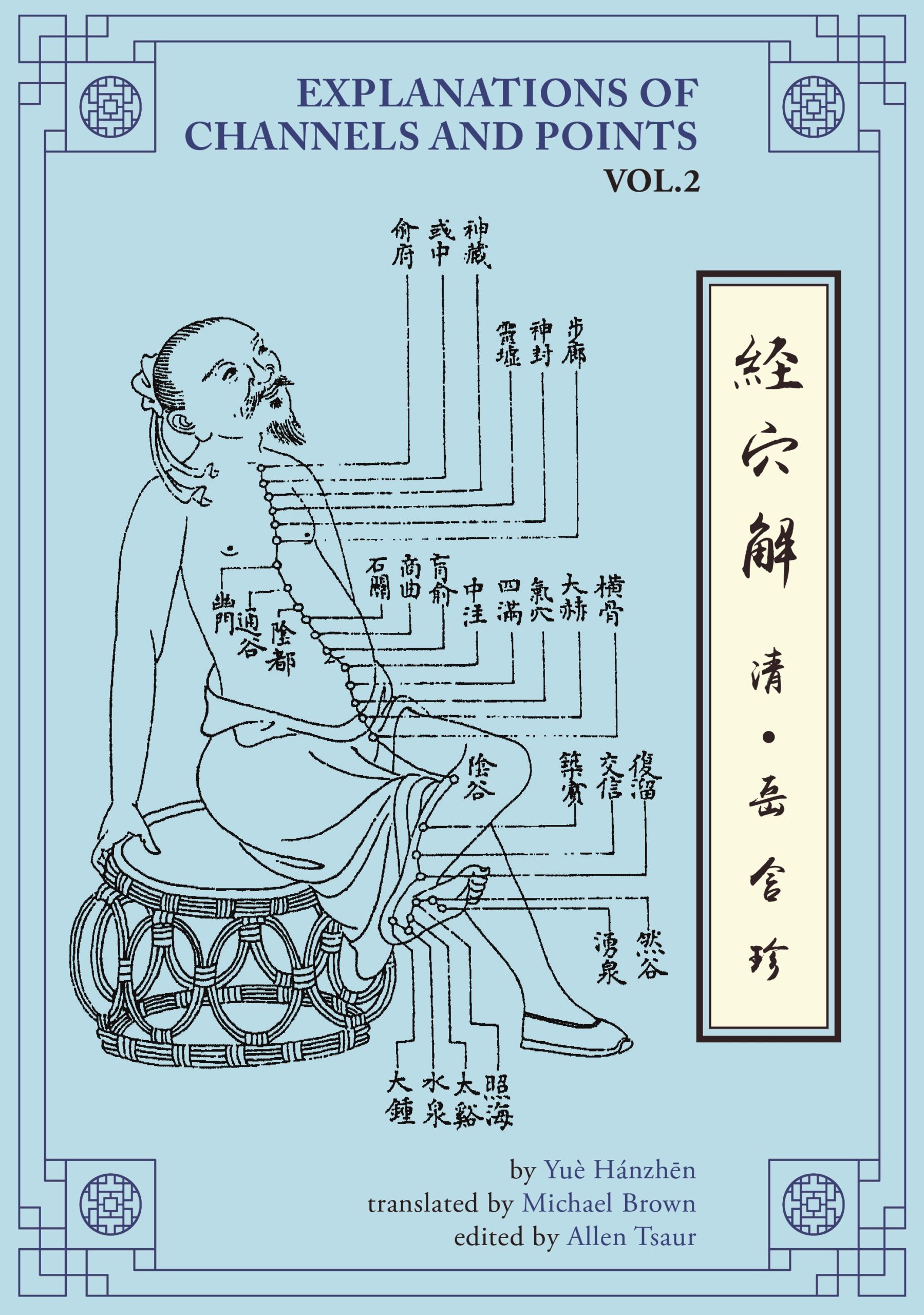
The 49 Barriers of Cultivating the Dao
The 49 Barriers of Cultivating the Dao is an essential manual for cultivating and refining one’s Inner Nature and Inner Character.
As such, it is a revelatory guide to the fundamental basis of Internal Alchemy. In the first stage, a person’s Inner Nature, their conduct and character, should undergo a tempering process. This lays the foundation for refining one’s Life-Destiny, a transformation of one’s physical form and ultimately the sublimation of one’s body into a Golden Immortal. The 49 Barriers of Cultivating the Dao walk the reader through the obstacles that emerge in this process and give detailed and invaluable advice on how to overcome them.
Originating from the Script for Penetrating Through the Barriers, written by Liu Yi Ming in the Qing Dynasty (1644-1911), this treatise has been edited and revised by the Daoist Master Xing De in order to extract and distill its most profound essence.
Accompanying each barrier is an extensive commentary by Xing De. These are frank, humorous, and replete with down to earth and lively examples to clarify the meaning and contemporary relevance of this ancient text. The commentaries are also deeply knowledgeable in Chinese tradition, bridging Daoism with Buddhism, Confucianism and even Christianity, and possess a rare mystical depth stemming from Xing De’s long-term practice.
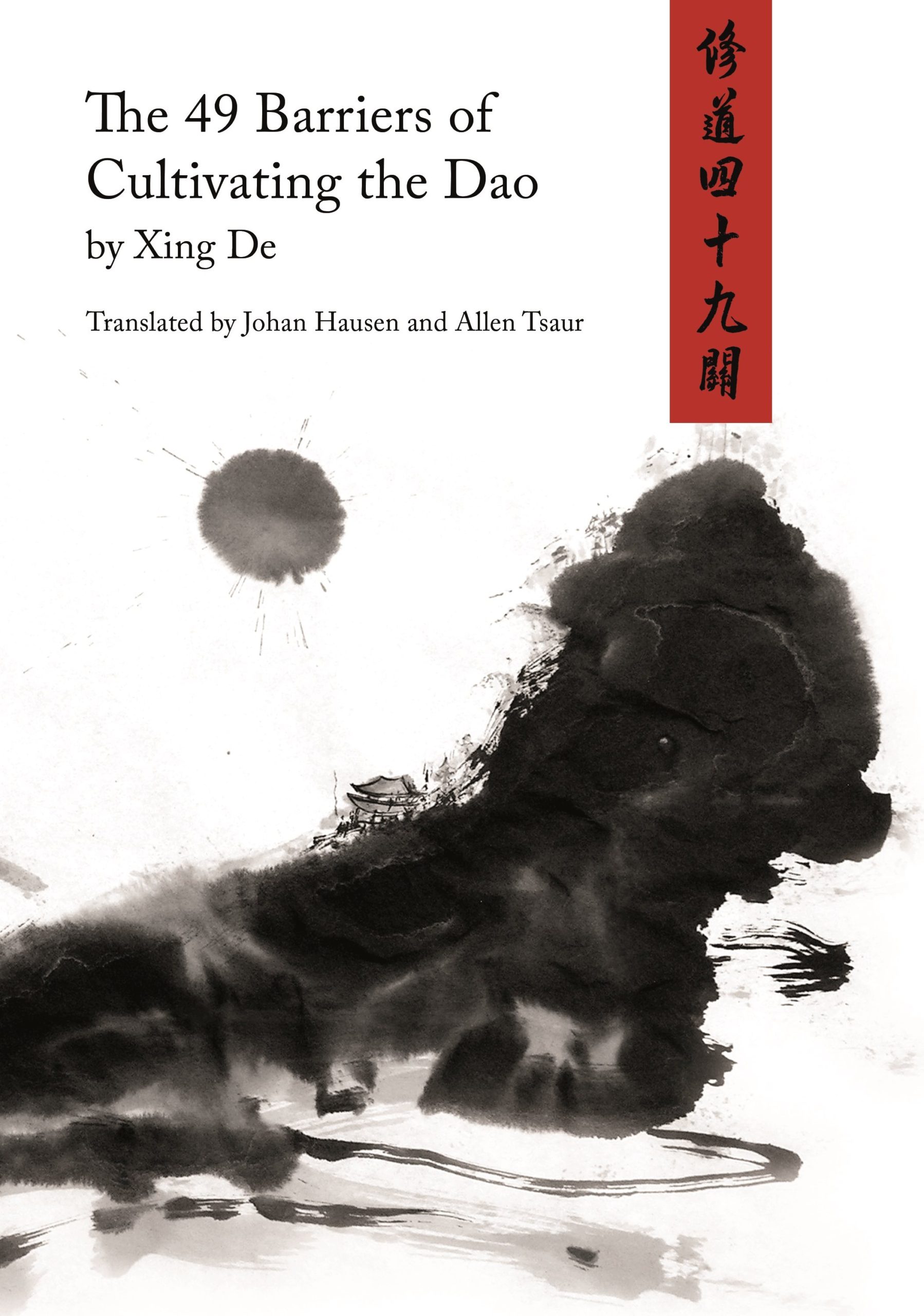
The Heart Treasure of Taijiquan
The art of taijiquan that Yang Luchan took to Beijing and Yang Chengfu later took to Shanghai represented a pinnacle of Chinese culture and martial arts. However, in terms of both form and application, what is now commonly called taijiquan seldom reflects the qualities that first made it a legendarily effective art for fighting, health, and inner transformation. The Heart Treasure of Taijiquan washes away the sands of time to restore public knowledge of taijiquan’s brilliant core.
Written for the modern reader, this book thoroughly illuminates the authentic inner teachings of Yang family taijiquan. From detailing contemporary misunderstandings of taijiquan and its place in Chinese culture, to explaining the correct meanings of fundamental concepts; and from elucidating classic writings, to recording an extensive Q&A with students, The Heart Treasure of Taijiquan enables the reader to understand the essence of this path. The principles presented in this volume can be freely integrated with training in any style of taijiquan, or used to deepen any internal or external martial arts practice.
Master Ren Gang of Shanghai is a true inheritor of Yang style taijiquan. Deeply familiar with its philosophical marrow, he is recognized by his elders and peers as a master at the highest levels of practice, with formidable aptitude in its combat applications. His taijiquan is pure and free from elements borrowed from other traditions. Ren has gained the full benefits of the art physically, mentally, and spiritually.
The translator, Mattias Daly, is a twenty-year student of Chinese martial arts, spiritual practices, and traditional healthcare. In order to ensure a highly faithful translation, he made numerous journeys to Shanghaito discuss the complexities of taijiquan philosophy with Master Ren and personally experience the training methods and martial applications he describes.
The Heart Treasure of Taijiquan enables students to transform their own practices and retrace the footsteps of the foremost masters.
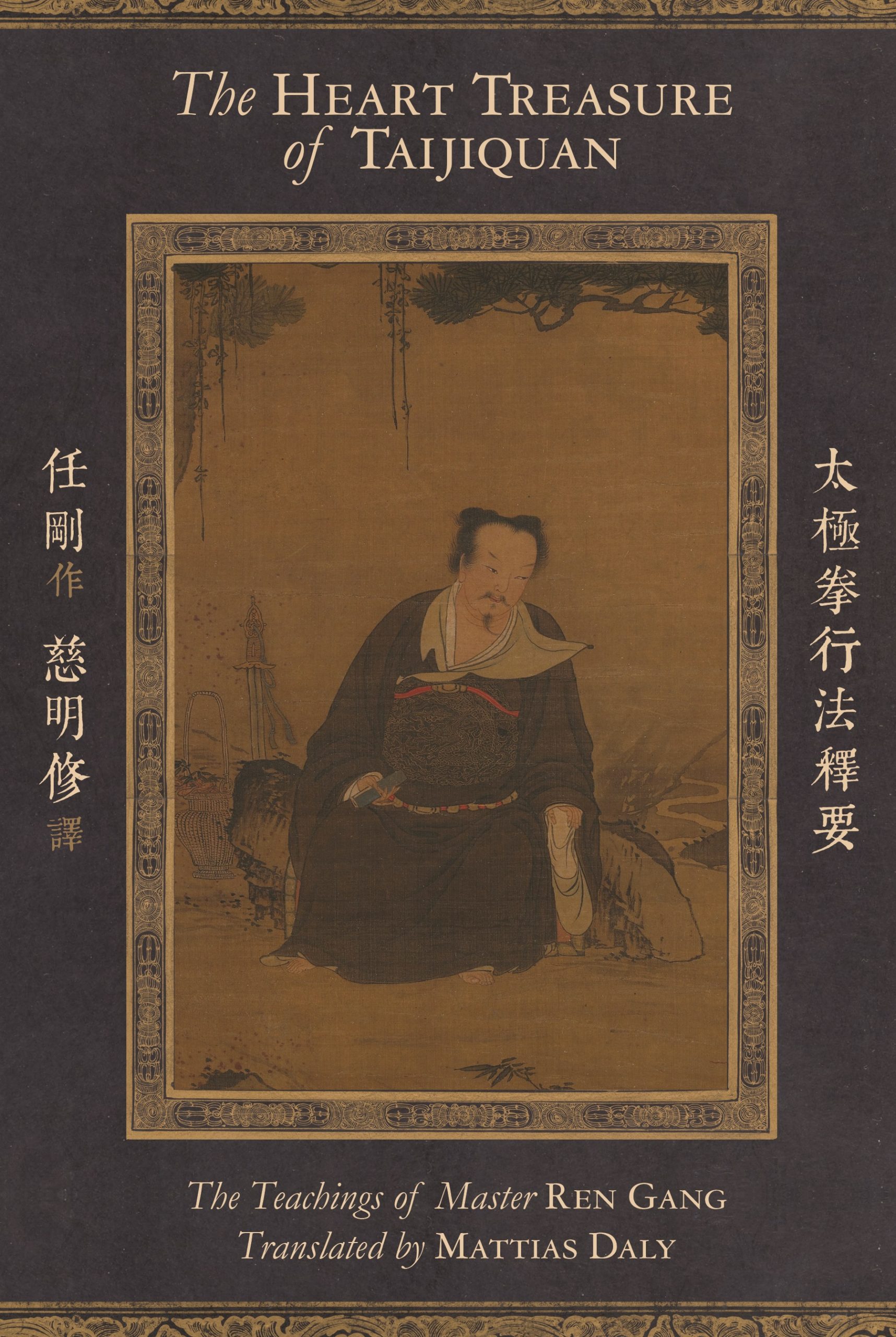
Path of the Spiritual Warrior
Here is the true and modern story of the evolution of a spiritual warrior. Kru Pedro Solana Villalobos is a man who has dedicated the majority of his life to the observation and development of the body, mind and spirit through the comprehensive study of the combat arts. Over 30 years of training, fighting and teaching have taken him to all corners of the globe allowing him to finely hone his skills and develop many talents. His experiences have led to the establishment of the Muay Sangha system of fighting, which focuses on balance and spiritual growth as its cornerstones while remaining practical and brutally efficient, transforming the arts of destruction he trained in all his life into an art of self awareness with the ultimate goal of uplifting and aligning humanity.
Through dialogue with a student who has traveled to Thailand to learn from him, Pedro provides the reader with insights and guidance, regarding both martial arts and spirituality based on his many years of overcoming all manners of challenges, and also documents the path of the spiritual warrior that led him from his career as a professional champion in the US and Thailand to the foundation of the Agastya Temple of Wisdom. This incredible story may prove inspirational not only to martial arts practitioners hungry to improve their skills, but also to anyone walking their own path of spiritual development with all the struggles and rewards such a journey inevitably entails.
Included in this book is a never before published Muay Sangha Manual, written in 2011 by Kru Pedro, as a guide to his students on conduct, principle, and strategy of the Muay Sangha Warrior.
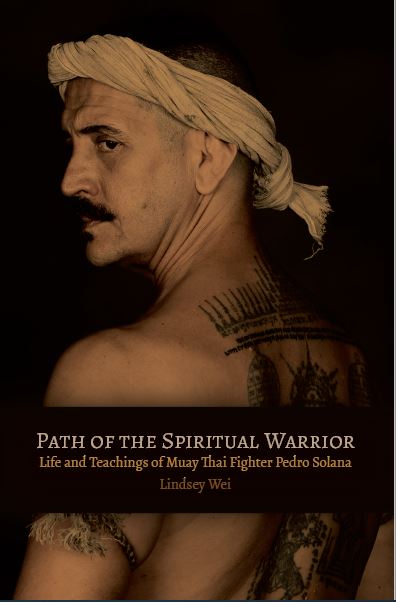
Complete Compendium of Zhang Jingyue
Jǐngyuè Quánshū 景岳全書 (Complete Compendium of Zhāng Jǐngyuè) is the culmination of the life work by the great Míng dynasty master, Zhāng Jǐngyuè (1563-1640 CE), an influential commentator of the Inner Canon, a vocal medical critic at his time, and a prominent figure of the Mìngmén (Life Gate) School of Thought.
This translation covers the first three volumes of Zhāng Jǐngyuè’s monumental work and provides his core doctrines and teachings, including the eight principles pattern identification, the ten diagnostic inquiries, the distinction between earlier and later heavens, and the Mìngmén theory. In addition to these fundamental theories, it also presents topics such as practitioner-patient relationship, as well as his criticisms for the medical practice at his time. All of which have been highly influential to the historical development of Chinese medicine and continue to be relevant in today’s clinical practice.
These three volumes have been meticulously translated and annotated with comprehensive cultural references and context. This is the first instalment of Purple Cloud Press Zhāng Jǐngyuè series, which aims to bring to non-Chinese readers one of the brightest minds in the history of Chinese medicine.
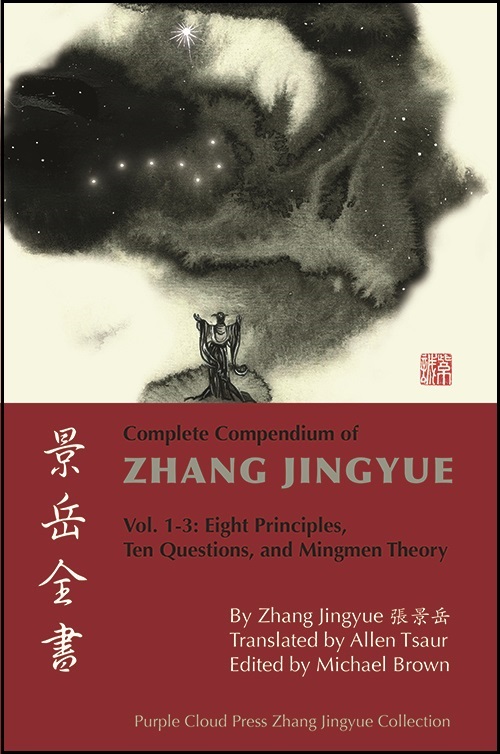
Tai Shang’s Treatise on Action and Response
Tai Shang’s Treatise on Action and Response has had a continuously powerful impact on Chinese civilization from the outset. For many centuries, this treatise has been disseminated among hundreds of millions of Chinese people and printed more than both the Bible and the Dao De Jing. While scholars have attributed the treatise to various authors, legend has it that Lao Zi himself explained and wrote it more than 2,000 years ago.
It ranks among the Daoist classics of cultivating one’s Inner Nature, and can be considered ‘China’s Ancient Law of Attraction’. The purpose of the treatise is to urge all people firstly to repent their past mistakes and bad conduct and then to establish good thoughts, meritorious deeds and virtue as their standard. It points out that if people wish to live a long life and want to obtain good fortune, they must perform benevolent and charitable deeds and accumulate virtue. The underlying principle is clear: nothing in this world happens by chance and human destiny and fate are determined by one’s own Heart-Mind, one’s conduct and actions, and one’s speech and words.
善有善报, 恶有恶报。
Kind-heartedness has kind-hearted recompenses,
whereas evil [behaviour] has evil recompenses.
This publication consists of extensive commentaries on the treatise by the Daoist renunciant Xing De (Li Shi Fu), which will enable the reader to contemplate the deeper meanings hidden within it.
The entire text is also viewable for free on our website by clicking here.
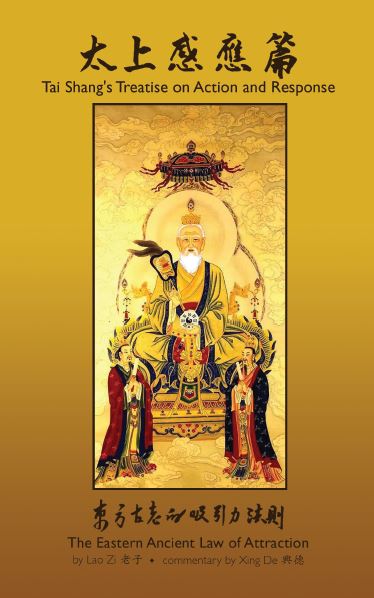
Explanations of Channels and Points (Volume 1)
Explanations of Channels and Points (Volume 1) is a Qing dynasty acupuncture commentary by Yue Hanzhen (1602-1693 CE). Despite having never been published, this work has survived owing to its historical significance. It was the first to integrate point locations and classical channel pathways, thereby setting a precedent of assigning a numbering scheme to channel points.The first volume includes explanations of the points and channels of the lung, large intestine, stomach, spleen, heart, small intestine and bladder channels. In addition to a discussion of text, author and the various historical texts mentioned in this work.
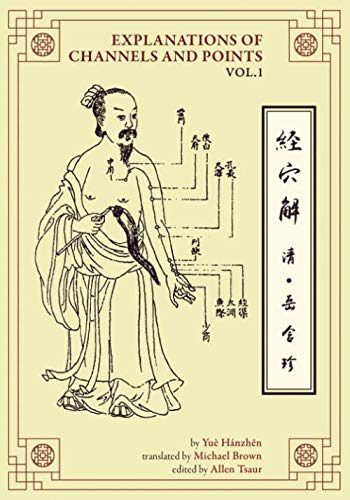
Discourse on Transforming Inner Nature
This wonderful and remarkable book by Wang Fengyi (1864–1937) is a true testament to the benefits of Daoist spiritual cultivation. At age thirty-five, having become aware of the repercussions and implications of emotions on his own health condition, Wang attained the Dao and began spreading his teachings. One of his most remarkable accomplishments was the founding of countless schools for young women, making education accessible to them on a large scale.
Wang Fengyi’s teachings are like a thoughtful and insightful poetry that can allow one to transform oneself, one’s body and one’s Spirit. If you seek to help others or bring wellness to yourself, these teachings can be enormously beneficial, offering direction and great insights for one’s well-being.
As Daoist practitioners, Johan Hausen and Jonas Akers have done an excellent job in translating this valuable treatise, bringing additional authenticity to the transmission of this work and propagation of Wang Fengyi’s teachings.
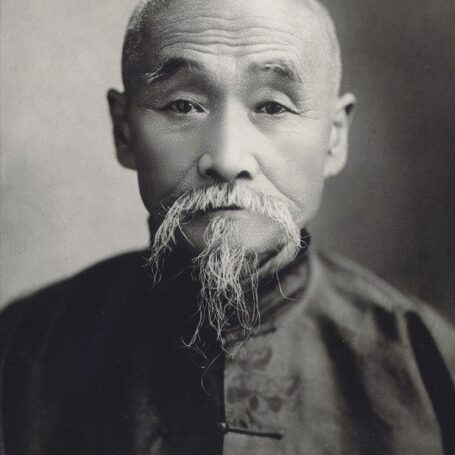
REVIEWS
KIND WORDS ABOUT THE BOOKS
""
"Chinese medicine has long recognised that the mind and our emotions can be either a source of disease and pain or the fountain of health and healing, but perhaps the best modern exposition of this understanding is in the teachings of Wang Fengyi."
"I am extremely grateful for Hausen having found that unadorned black book, on a fateful day in the mountains of China, for here is a true treasure and key of wisdom, able to unlock the gates at the Heart of the Dao."
"Michael’s translation makes this information accessible to the English speaking world. In doing so, has provided an essential and hitherto unavailable link to bridge the Chinese Medicine Classics and modern TCM practice. Given the readership it deserves this book could change the way we look at points and education in Acupuncture for the better."
"If a practitioners main objective is to be armed with as much practical knowledge to alleviate the ails of their patients, then I urge you to read and then re-read the Jingyue Quanshu so generously brought to the west by Allen Tsaur."
"Zhang’s lucid re-evaluation of China’s complex medical tradition helped set the tone for our modern practice and, as you will see, what Zhang says resonates well with us today. Allen Tsaur’s translation style is readable, refreshing and insightful, giving us a clear sense of Zhang’s discourse as well as his critical and acerbic voice."
" Profound, accessible, and a welcome addition to the Daoist texts now becoming available to Western practitioners."
"Perhaps the best book translated into English on the real practice of Taijiquan and what it takes to learn it. Within its pages is also the best elucidation of the Taiji Classic, returning the words to their rightful place as a practical guide to developing skill and not the esoteric text so many make it out to be."
"Very well written and well researched, with just the right balance of personal input and academic disinterest. Mattias Daly is a passionate young man searching for answers. Fluent in Mandarin, he spent many years in China studying with masters of internal Chinese martial arts, with all the ups and downs that such a process entails. As a result, this book is both straightforward and insightful, both logical and full of hope, a refreshingly commonsense approach to both the secrets and practical realities of the Chinese martial traditions.
A must-read for practitioners of Yang-style tai chi chuan and all those interested in the philosophy of Chinese martial arts in general."
